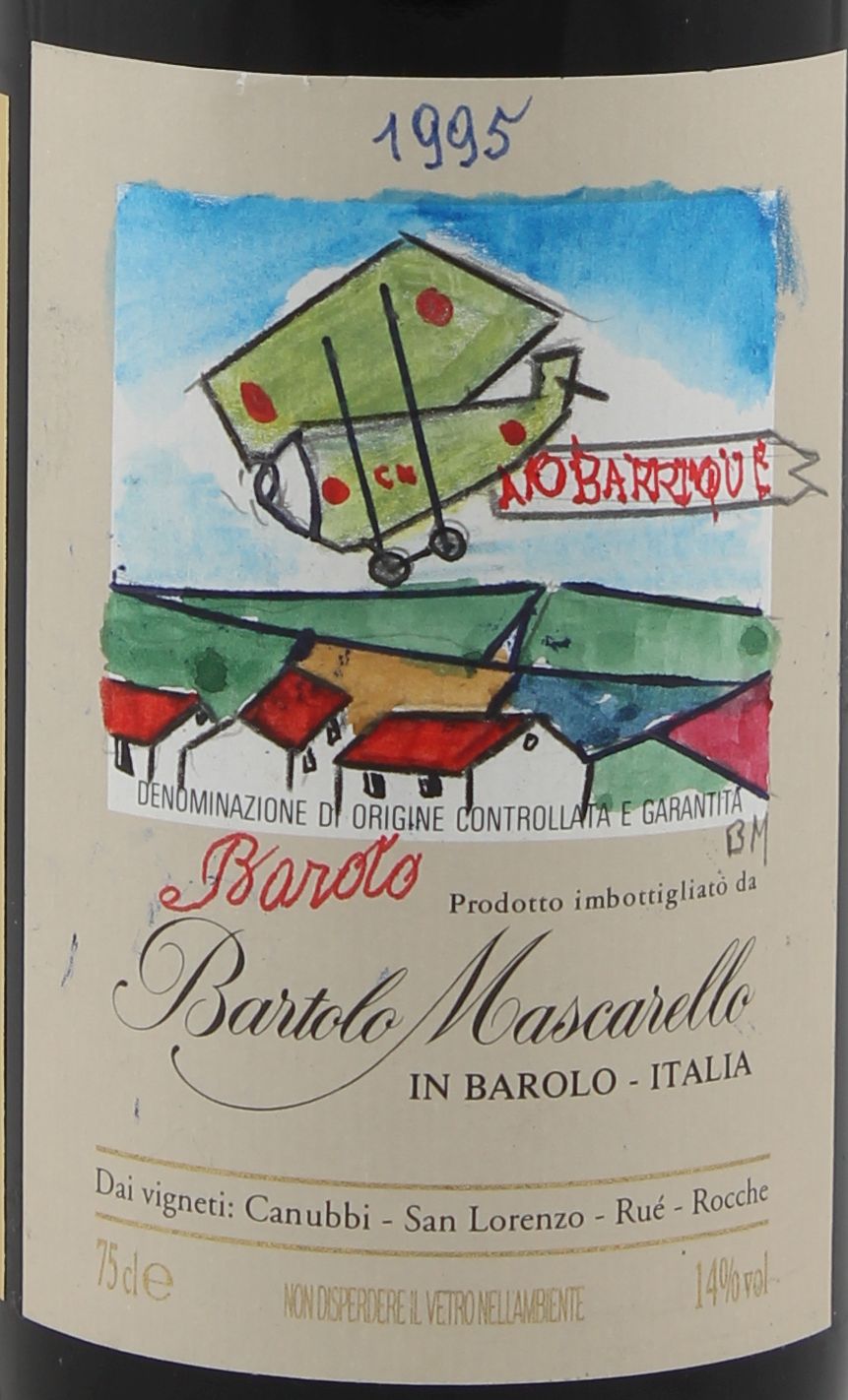1995 Barolo Nebbiolo
The Bartolo Mascarello Barolo, crafted from the esteemed Nebbiolo grape, showcases a captivating deep red hue that immediately draws the eye. This 1995 vintage epitomizes the elegance and complexity characteristic of the Barolo region. On the palate, it presents a full-bodied profile, marrying robust tannins with a bright acidity that lends it remarkable freshness, while the fruit intensity reveals prominent notes of dark cherry, plum, and subtle floral undertones. The wine's finish is pleasantly dry, making it a perfect companion for rich dishes or a moment of reflection on its own. The Bartolo Mascarello name carries a legacy of quality, and this vintage stands out as a testament to the exceptional terroir of Barolo that continues to excite the senses.
The Bartolo Mascarello Barolo, crafted from the esteemed Nebbiolo grape, showcases a captivating deep red hue that immediately draws the eye. This 1995 vintage epitomizes the elegance and complexity characteristic of the Barolo region. On the palate, it presents a full-bodied profile, marrying robust tannins with a bright acidity that lends it remarkable freshness, while the fruit intensity reveals prominent notes of dark cherry, plum, and subtle floral undertones. The wine's finish is pleasantly dry, making it a perfect companion for rich dishes or a moment of reflection on its own. The Bartolo Mascarello name carries a legacy of quality, and this vintage stands out as a testament to the exceptional terroir of Barolo that continues to excite the senses.




